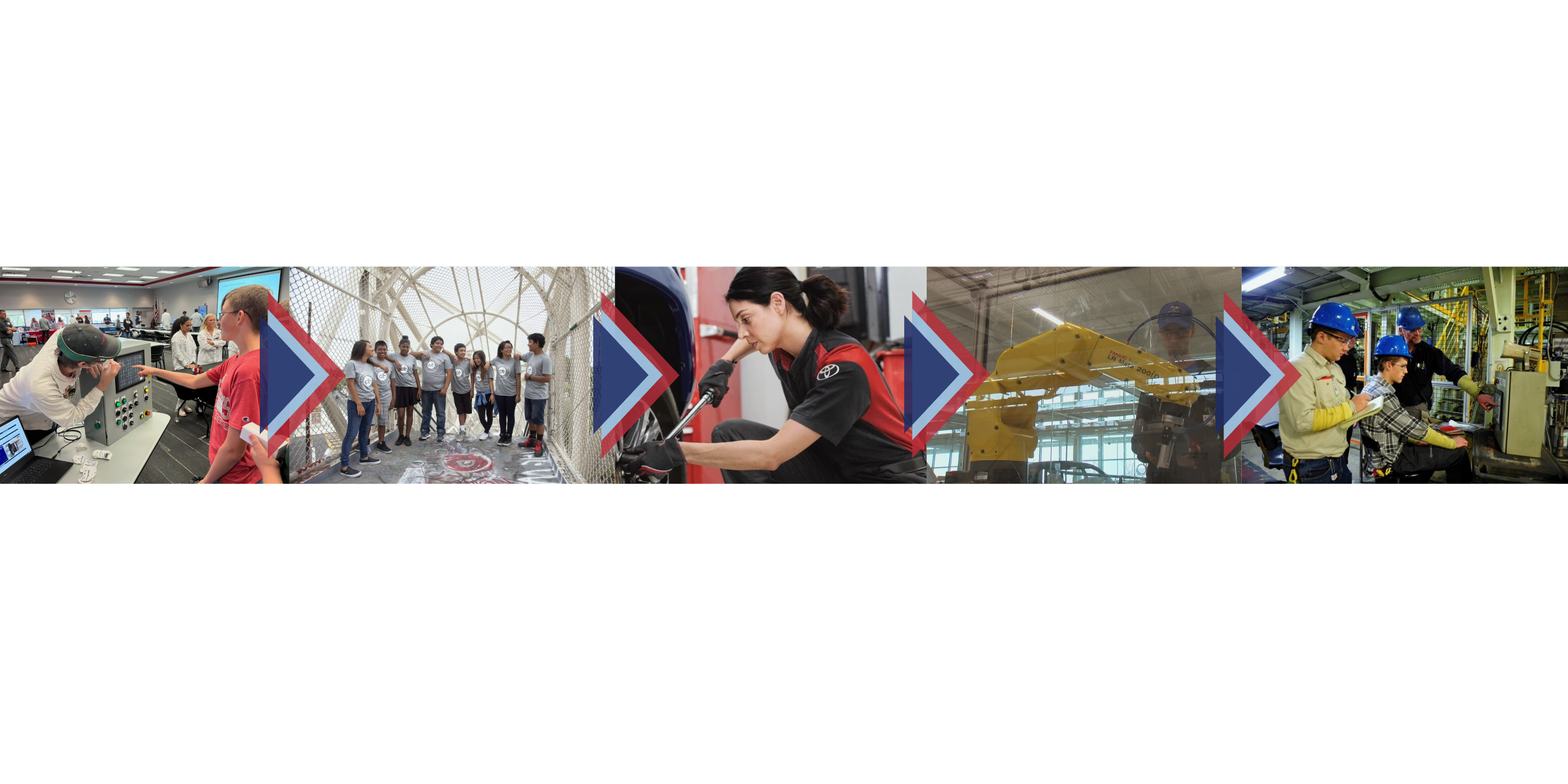On October 28, 2024, the Japan Automobile Manufacturers Association (JAMA) submitted submits the below comments to the Bureau of Industry and Security (BIS) and the Department of Commerce in response to the September 26, 2024, request for comments regarding the notice of proposed rulemaking entitled, “Securing the Information and Communications Technology and Services Supply Chain: Connected Vehicles.”
Impact of JAMA Members’ U.S. Investments
JAMA members have cumulatively invested over $60 billion in their U.S. manufacturing operations since 1982, and nearly $4.5 billion in cumulative research and development (R&D) capital investments since 1977. Over a 50-plus year history in the United States, their investments have spread across 27 states to 24 manufacturing facilities, 45 R&D and design facilities, and 69 distribution centers. American workers at these manufacturing facilities assemble nearly one-third of all new vehicles in the United States producing high-quality cars and trucks that meet a variety of consumer needs for both the domestic market and for export around the globe. Japanese-brand automakers’ investments support over 2.2 million U.S. jobs and represent significant and ongoing contributions to the U.S. economy and automotive industry.
Along with the major economic impact of Japanese-brand automakers’ continuing legacy in the U.S., they have become an integral part of the U.S. landscape with their steadfast commitment to educating and preparing the U.S. workforce for the future and by supporting communities through good-quality foreign direct investment (FDI). These automakers provide opportunities for their current workforce to have access to continuing and higher education in addition to reskilling and upskilling opportunities. They also have and continue to make important investments in the U.S. talent pipeline by working with elementary schools, high schools, community colleges/technical schools, and four-year universities to develop a steady supply of high-quality talent essential for the automotive workforce. Additionally, supporting communities in and around JAMA members’ U.S. operations across America has always been an important piece of nurturing a long-term commitment to the U.S. Since 1957, Japanese-brand automakers have donated or contributed a combined $1 billion to local charities and third-party organizations. These examples of good-quality FDI benefit U.S. communities where Japanese-brand automakers operate and support a robust and well-prepared workforce for all U.S industries thereby strengthening the U.S.’ overall competitiveness.
Points for Consideration
A regulatory environment that has an open and transparent development process and is fair in its implementation is an important factor for companies’ investments in the U.S. JAMA members appreciate that BIS has provided avenues for regulatory clarification for the NPRM during and after the rulemaking process, especially when compliance includes unprecedented technical, operational and administrative requirements. However, some uncertainties and challenges remain. Therefore, in an effort to plan for good-faith compliance with the NPRM, JAMA offers the following points for consideration.
Clarification of definitions
- JAMA asks for clear and detailed definitions, specifically on the following terms, as described in comments from Autos Drive America and the Alliance for Automotive Innovation: “persons owned by, controlled by, or subject to the jurisdiction or direction of certain foreign adversaries”, “covered software”, “firmware”, “middleware”, “open-source software”, “hardware bill of materials (HBOM)”, “software bill of materials (SBOM)”, “Automated Driving System (ADS)” and “Vehicle Connectivity System (VCS) hardware”.
Transparency
- JAMA asks that transparency is prioritized within all aspects of the proposed rulemaking related to but not limited to Specific Authorizations (791.307) and the Declaration of Conformity (§791.305).
- For the Specific Authorizations in which approvals are made by BIS on a case-by-case basis, specifying the criteria for how a special authorization request would be reviewed, detailing the public disclosure procedure related to outcomes from this process, etc. would help create transparency, which is indispensable for the valid operation of this process.
- For the Declaration of Conformity, transparency in providing clear guidelines and criteria for the new administrative processes that this section introduces will help streamline compliance costs and efforts.
Sufficient lead time for compliance
- Significant lead time is required for development, testing and validation prior to production of vehicles, and will be extremely challenging for automakers to assess and shift the complex Information and Communications Technology and Services (ICTS) supply chain within the current timeline proposed by BIS.
- Therefore, JAMA asks for sufficient lead time for the implementation period of both covered software and hardware related transactions. JAMA supports consideration of alternative measures such as a phase-in approach, i.e. gradually increasing the applied vehicles.
Fairness and equitability
- To help create a workable regulatory framework that continues to support good-quality FDI, from close allies and partners like Japan, JAMA asks that this regulation, specifically with regard to the case-by-case review under the Specific Authorization process, will ensure fair and equitable treatment for all connected vehicle manufacturers.
Conclusion
JAMA members’ consistent and steadily increasing good-quality investments in the U.S. underscore their long-term commitment to the U.S. market and its consumers. They have gained, maintained and strengthened consumer trust by providing safe, clean and innovative products. JAMA members are aligned with BIS’ intention and effort to mitigate undue or unacceptable risks to U.S. consumers posed by classes of transactions involving ICTS integral to connected vehicles as described in the proposed rule. Providing needed clarity on various terms’ definitions, prioritizing transparency, considering realistic compliance timelines and ensuring fair and equitable treatment of connected vehicle manufacturers will help support a workable regulatory framework and positive FDI environment, especially from trusted partners like Japan. As BIS considers feedback from industry stakeholders, JAMA respectfully submits the comments above for consideration and welcomes being a part of ongoing consultations.
To view and download these comments as a PDF click here.

